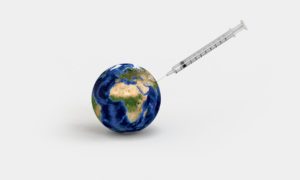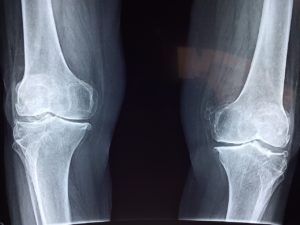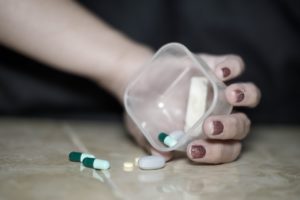The Flu or an Imposter? [Show Notes]

5 other viruses that cause “flu” symptoms
- Rhinovirus (cold) – most colds don’t come with a high fever, but the other symptoms are present.
- Coronavirus (SARS) – includes gastritis, nausea, and vomiting on top of the other symptoms
- RSV – usually prominent in kids and leads to hospitalization due to the respiratory inflammation that can lead to an emergency
- Adenovirus – first isolated in the adenoids; responsible for viral tonsillitis
- Parainfluenza virus – in the 50’s, they would swab the mouth or throat to determine what was making a person sick. There was a group of kids sick with the “flu” symptoms. The doctors swabbed all these kids and noticed that some showed a virus that wasn’t the influenza virus they were used to seeing, so it’s name essentially means “around influenza”.
These viruses have nothing in their makeup similar to influenza, therefore, the flu shot will not protect you against these.
Are flu shots really worthwhile?
The short answer, yes. It not only keeps the shot-getter protected (and even a little protection is better than none at all), it keeps healthy people from being carriers of the virus from spreading it to weaker members of the population (little kids, elderly, immunocompromised). And while the flu isn’t the primary reason people end up hospitalized or dying, the secondary complications (i.e. pneumonia) are what can kill people. Getting the flu shot is a simple and quick process, and is also relatively painless.
And there is absolutely NOTHING in the flu shot that can give you the flu. Your body can have an immune response because that’s the point of the shot, to activate your immune system so it’ll learn what to do if the real flu shows up. But obviously there are 5 other viruses you can catch that will give you symptoms identical to the flu.
Do more people get sick now than a few years back?
More people on the planet means more people probably get sick. But if we have a preventable disease and people choose not to prevent it (in themselves or their kids), then more people will start getting it (aka measles). We had almost eradicated measles from the US until a larger group of people decided not to get their kids vaccinated, and now it has resurged. Children worldwide die from measles, why would we want to put our own kids at that risk?
Despite the poorly matched vaccine in recent years, those that got the flu reported shorter duration and milder symptoms.
And obviously, the flu shot is not the only thing that is going to protect you from the flu this winter.
Connect with me
Support us on Patreon
*NEW* Join the Pharmacist Answers Podcast Community on Facebook
Subscribe: iTunes, Stitcher, GooglePlay, TuneIn Radio
Music Credits: “Radio Martini” Kevin MacLeod (incompetech.com) Licensed under Creative Commons: By Attribution 3.0 http://creativecommons.org/licenses/by/3.0/




